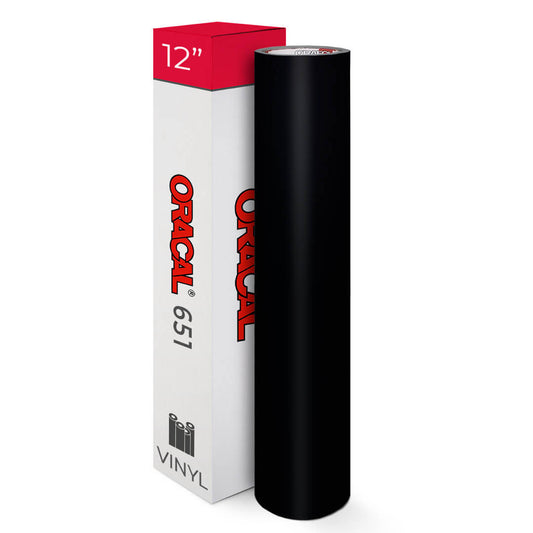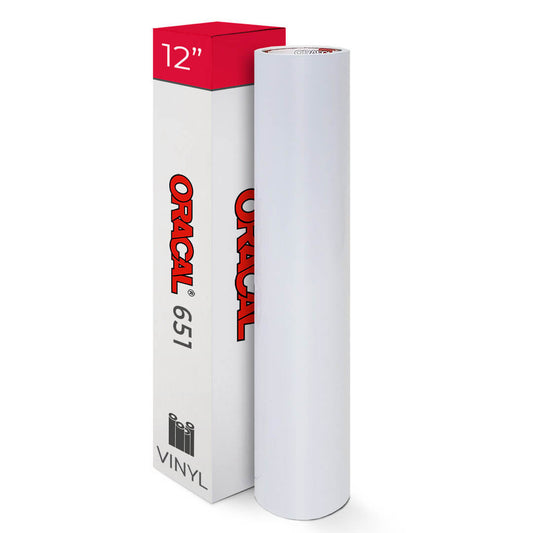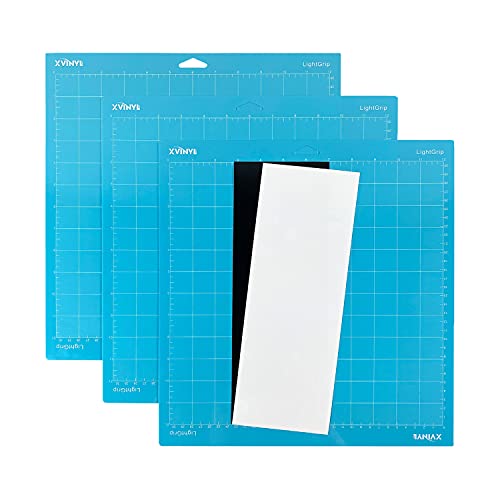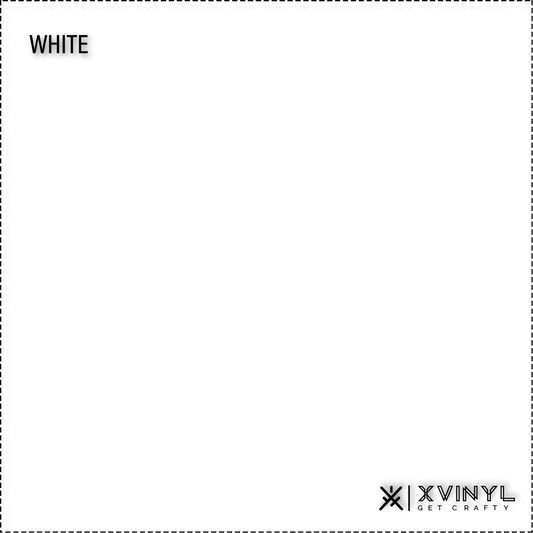Calling all Cricut crafters! Looking to add a personalized touch to your next
project? Look no further than printable heat transfer vinyl (HTV)! This dynamic
duo – your Cricut machine and HTV – allows you to transform plain fabrics into
stunning t-shirts, tote bags, hats, and so much more.
This guide will walk you through everything you need to know about using vinyl
heat transfer with your Cricut, from choosing the right materials to creating
flawless designs. By the end, you'll be a heat transfer vinyl pro, ready to unleash
your creativity on a sea of blank fabrics!
Ready to get started? Let's dive in!
What is Printable Heat Transfer Vinyl?
Printable heat transfer vinyl is a special type of vinyl that allows you to print your
own designs onto a carrier sheet. You can then use your Cricut machine to cut
out the design, and heat press it onto your fabric project. This opens up a whole
world of possibilities for customizing your crafts!
Before You Begin: Essential Supplies
To create magic with printable heat transfer vinyl and your Cricut, you'll need a
few key supplies:
Cricut Machine: This is your trusty sidekick for cutting out your designs.
StandardGrip Cutting Mat: This is the most commonly used mat for working with
printable heat transfer vinyl.
Printable Heat Transfer Vinyl: Here at Craft Vinyl, we offer a wide variety of
printable HTV options to suit your needs. Tip: Make sure the HTV is compatible
with your inkjet printer!
Inkjet Printer: You'll need an inkjet printer to print your designs onto the printable
HTV. Important: Not all inkjet printers work well with printable HTV, so be sure to
check your printer's compatibility before you buy.
Weeding Tool: This handy tool helps you remove the excess vinyl around your
design after cutting.
Heat Press: A heat press applies consistent heat and pressure to ensure your vinylheat transfer adheres properly. If you're new to HTV, you can sometimes get
away with using a household iron, but a heat press gives you more control and
professional results.
Scissors: Scissors come in handy for trimming your printable HTV sheet if needed.
Teflon Sheet (Optional): This protects your heat press or iron from any strayvinyl
that might melt.
Blank Project: This could be a t-shirt, tote bag, pillowcase, or anything else your
creative mind can dream up! Make sure the fabric is compatible with heat
transfer vinyl.
Choosing the Right Printable Heat Transfer Vinyl
With so many printable HTV options available, it can be a bit overwhelming.
Here are a few things to consider when making your choice:
Fabric Type: Different types of printable HTV work best with different fabrics.
Make sure the HTV you choose is compatible with the fabric of your project.
Project Needs: Are you looking for a classic matte finish or something with a bit
more pop? There's a printable HTV for every occasion!
Inkjet Printer Compatibility: As mentioned earlier, double-check that your
printable HTV works with your specific inkjet printer.
Craft Vinyl to the Rescue!
We know navigating the world of printable HTV can be tricky. That's why Craft
Vinyl offers a variety of high-quality printable heat transfer vinyl options, along
with detailed compatibility information to ensure your project goes smoothly.
Designing for Cricut and Printable Heat Transfer Vinyl
Now that you have your supplies and choose your printable HTV, let's get
designing!
Design Software: Use design software compatible with your Cricut machine to
create your masterpiece. Most Cricut machines come with their own design
software, or you can use other popular design programs.
Mirror Your Image! This might seem counterintuitive, but remember, we're cutting
the design on the back of the vinyl sheet. Mirroring ensures your design appears
correctly when ironed on.
Test Your Design: Before printing and cutting your final design, do a test cut on a
scrap piece of printable HTV to make sure your settings are correct.
Printing on Printable Heat Transfer Vinyl
Adjust Printer Settings: Set your printer to the highest quality print setting and
choose "mirror image" or "iron-on transfer" if your printer has that option.
Load the Printable HTV: Tip: Many printable HTV sheets have a specific side for
printing. Make sure you're loading the printable HTV into your printer the correct
way, usually with the printable side facing up. Consult the instructions that came
with your HTV for specific loading guidance.
Print and Dry: Print your design according to your printer settings and let the ink
dry completely. This usually takes about 15–30 minutes.
Cutting Your Design with Cricut
Load the Mat: Place your printed printable HTV sheet onto your Cricut cutting
mat with the printed design facing down. Tip: Use a brayer to ensure the HTV
sheet adheres securely to the mat.
Adjust Cricut Settings: Select the "Printable Heat Transfer Vinyl" setting on your
Cricut machine (or the setting recommended by your specific HTV brand). Do a
test cut! This is crucial to ensuring your cut settings are perfect before cutting
your final design.
Cut Your Design: Once you're happy with your test cut, it's time to cut out your
final design!
Weeding Your Design
Carefully Remove Excess Vinyl: Using your weeding tool, gently remove all the
excess vinyl around your design, leaving only the design itself on the clear carrier
sheet. Take your time and be patient, especially with intricate designs.
Preparing Your Fabric Project
Pre-Heat Your Fabric: Iron your project fabric for a few seconds to remove any
wrinkles and ensure even heat transfer.
Temperature Check: Double-check the recommended heat press temperature
and time for your specific printable HTV.
Heat Pressing Your Design
Position Your Design: Carefully place your design with the carrier sheet facing up
onto your fabric project. Tip: Use heat-resistant tape to hold your design in
place, especially for intricate designs.
Heat Press Time: Apply heat and pressure to your design using your heat press
according to the recommended settings for your HTV. Important: Don't eyeball
the time! Using the wrong heat settings can ruin your HTV or damage your fabric.
Let it Cool Completely: Once you've applied the heat press, allow your project
to cool completely before peeling off the carrier sheet.
Gently Peel the Carrier Sheet: Once your project has cooled completely, gently
peel off the carrier sheet at a slow and steady angle. The vinyl heat transfer
should adhere securely to your fabric.
Congratulations! You've Created a Masterpiece with Printable Heat Transfer
Vinyl!
Now that you've mastered the basics of using printable heat transfer vinyl with
your Cricut machine, the creative possibilities are endless!
Here are some additional tips for success:
Experiment with Different Designs: Let your creativity flow! Use photos, text, or
create your own unique designs.
Layering for Dimension: Try layering different colors of printable HTV to create
stunning multi-colored designs.
Heat Transfer Vinyl for Other Materials: While printable HTV is most commonly
used for fabrics, there are also specialty HTV options for other materials like
wood, metal, and even glass!
Caring for Your Heat Transfer Vinyl Projects
Turn garments inside out when washing. Wash on a gentle cycle with cold water
and mild detergent.
Tumble dry low or hang dry. Avoid using high heat settings in the dryer, as this
can damage the vinyl.
Craft Vinyl: Your One-Stop Shop for All Things Cricut and
Vinyl Heat Transfer
We hope this guide has equipped you with the knowledge and confidence to
use printable heat transfer vinyl with your Cricut machine. For more information
on printable HTV, or vinyl heat transfer in general, or

